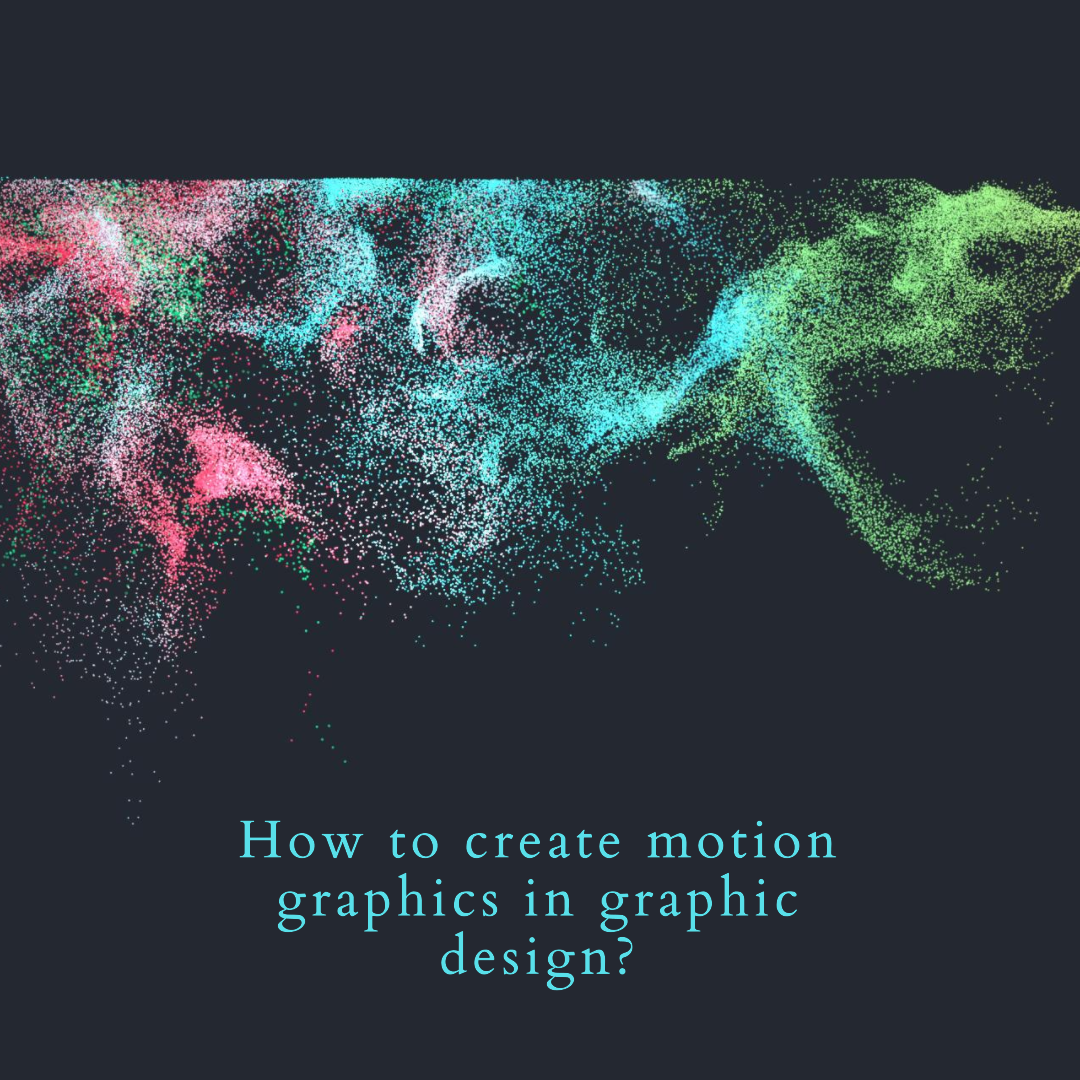How to create motion graphics in graphic design?
In the realm of graphic design, motion graphics has emerged as a powerful tool for adding movement, dimension, and storytelling to visual communication. Whether it’s captivating product animations, engaging explainer videos, or dynamic broadcast graphics, motion graphics has transformed the way we convey ideas, capture attention, and evoke emotions.
The Allure of Motion Graphics
Motion graphics has captivated audiences for decades, combining the visual appeal of graphic design with the storytelling power of animation. By adding movement to static images and text, motion graphics engages viewers, enhances understanding, and creates a lasting impression.
Applications of Motion Graphics in Graphic Design
Motion graphics has diverse applications in various aspects of graphic design:
1. Product Marketing and Advertising: Motion graphics plays a crucial role in product marketing and advertising, creating captivating product demos, explainer videos, and social media animations.
2. Branding and Identity: Motion graphics can effectively convey brand identity, creating animated logos, brand videos, and interactive brand experiences.
3. User Interface (UI) and User Experience (UX) Design: Motion graphics enhances UI/UX design, creating interactive elements, micro-animations, and engaging loading screens.
4. Explainer Videos and Interactive Tutorials: Motion graphics brings complex concepts to life in explainer videos and interactive tutorials, making information more accessible and engaging.
5. Broadcast Graphics and Motion Graphics for Television: Motion graphics is ubiquitous in broadcast graphics, creating dynamic title sequences, lower thirds, and animated transitions.
Essential Skills for Motion Graphics Design
To excel in motion graphics design, it’s essential to develop a range of skills:
1. Graphic Design Fundamentals: A strong foundation in graphic design principles, including typography, color theory, and composition, is crucial for creating visually appealing motion graphics.
2. Motion Graphics Software Expertise: Proficiency in motion graphics software, such as Adobe After Effects, Blender, or Cinema 4D, is essential for animating and compositing motion graphics elements.
3. Animation Principles: Understanding the principles of animation, such as timing, spacing, and dynamics, is crucial for creating fluid, engaging animations.
4. Storytelling and Narrative Structure: Storytelling skills are essential for crafting compelling motion graphics sequences that effectively convey messages and connect with audiences.
5. Audio and Sound Design: Integrating sound effects, background music, and voiceovers can enhance the impact and emotional resonance of motion graphics pieces.
Learning Resources for Motion Graphics Design
Numerous resources are available to learn motion graphics design:
1. Online Tutorials and Courses: A plethora of online tutorials and courses on motion graphics software, animation principles, and storytelling techniques are available on platforms like Udemy, Skillshare, and YouTube.
2. Books and Reference Material: Immerse yourself in books and reference materials that delve into the theory, techniques, and best practices of motion graphics design.
3. Online Communities and Forums: Engage with online communities and forums dedicated to motion graphics to seek guidance, share experiences, and learn from fellow designers.
Conclusion
Motion graphics has revolutionized graphic design, providing designers with the power to create visually captivating and engaging experiences. By mastering animation principles, storytelling techniques, and motion graphics software, designers can expand their creative horizons and enhance the impact of their projects across various industries. Embrace the ever-evolving world of motion graphics and elevate your design skills to new heights.








